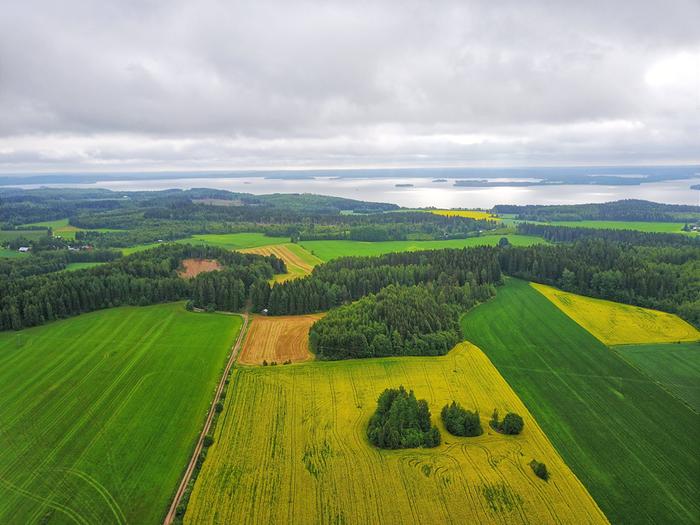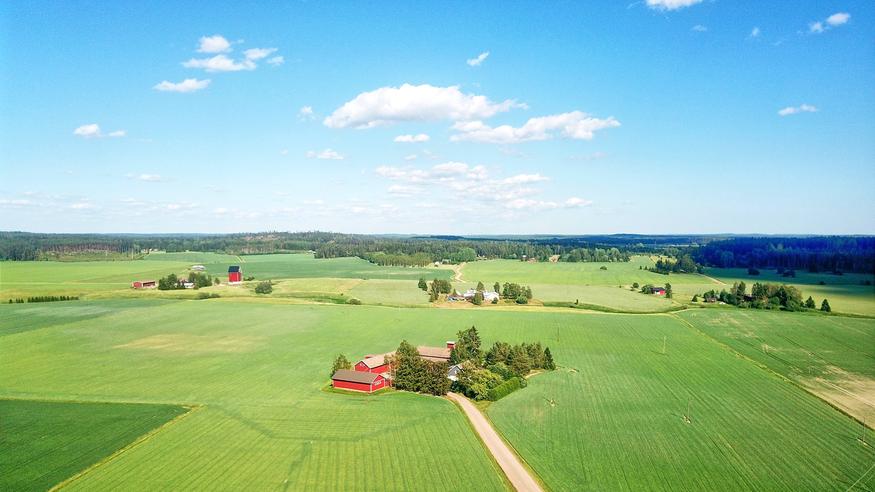Cloud types – what kind of clouds can we see?

There are ten cloud genus-types, and tropospheric clouds can be divided into high-level, mid-level and low-level clouds. The altitude level of these three categories varies according to area. The altitudes are lowest close to polar regions during winter and highest in the tropics.
Clouds can also be divided by their formation mechanism into cumuliform and stratiform clouds. Cumuliform clouds are often solitary and they are formed by convection or orographic lift. Often stratiform clouds are formed in conjunction with weather fronts. In many cases they form a uniform cloud surface that covers a large area.
Low-level clouds
As the name implies, low-level clouds can be found in the lowest levels of the atmosphere. Low-level cloud forms from near the surface to the height of approximately 6,600 ft. Low-level clouds usually consist of water droplets, and they don’t let much sunlight through, so they make the sky look gray and dark.
Examples of low-level clouds include cumulus, stratus and stratocumulus clouds. Stratus clouds are associated with dark, grey and dreary weather.
The following genus types are low-level clouds:
- Nimbostratus
- Stratus
- Stratocumulus
- Cumulus
- Cumulonimbus
Nimbostratus and cumulonimbus are multi-level cloud types, which range from low-level cloud altitudes to mid-level cloud altitudes, or in the case of cumulonimbus clouds, up to high-level cloud altitudes. Their base altitudes classify them as low-level clouds.
Mid-level clouds
Mid-level clouds rarely produce rain. If they do, most of the rain evaporates before hitting the ground. Mid-level clouds often form a fairly uniform cloud surface.
The following genus types are mid-level clouds:
- Altocumulus
- Altostratus
High-level clouds
The sun can often be seen through a layer of high-level clouds, sometimes the cloud layer can seem almost invisible. Precipitation may fall out of high-level clouds high in the atmosphere, but it never reaches the ground. High-level clouds can be found around and above cruising altitude of commercial aircraft, and they are formed mostly of ice crystals, not liquid water.
The following genus types are high-level clouds:
- Cirrocumulus
- Cirrus
- Cirrostratus
Other cloud types
Cumulonimbus clouds are an example of clouds that reach through two or all three cloud levels. They are tall and impressive, and they can reach up to 52,000 ft in the tropics. Cumulonimbus clouds can precipitate like low-level clouds, have a layered structure like mid-level clouds and an anvil and cirrus-like structures that resemble high-level clouds. They look cauliflower-like and have a very dark base, because the cloud is so thick that relatively little sunlight makes it through the cloud. Cumulonimbus clouds also produce precipitation, hail and lightning.
Other cloud types include:
- Iridescent clouds
- Noctilucent clouds
- Lenticular clouds
- Kelvin-Helmholtz clouds
- Shelf clouds
- Pollution clouds
- Ash clouds
- Condensation trails
Article last updated 2/25/2021, 8:01:00 AM

